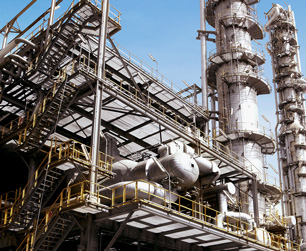Volatile Organic Chemicals (VOCs)

Volatile Organic Chemicals (VOCs) are compounds that evaporate easily from water into air. Some with distinctive odors, like gasoline and solvents, can easily be detected, but many are odorless. They're found in a wide variety of commercial, industrial and residential products including fuel oils, gasoline, solvents, cleaners and degreasers, paints, inks, dyes, refrigerants and pesticides.
Some common VOCs include pesticides that seep into the ground water and find their way into wells. Others come from industrial or other waste disposal. Total trihalomethanes, a by-product of chlorination, are considered VOCs.
Health Effects of VOCs
VOCs encompass a wide range of chemicals with varying health effects. Some cause skin irritation and, if inhaled, irritation of mucous membranes. Some can, at high levels, be harmful to the central nervous system, kidneys or liver. Some are known to cause cancer.
Water Treatment for VOCs
The treatment of choice for most volatile organics is activated carbon filtration. Coconut shell carbon, with its high micropore count, is generally regarded as best in VOC reduction. Reverse osmosis can also remove up to 80% of VOCs, and aeration used in conjunction with activated carbon can be very effective.
Photo: WikiMedia, author: Secl
Site Index
Filtration Systems
- Aeration for Iron & Sulfide
- Backwashing Filters
(whole house & well units)
- Chlorine & Chemical Injectors
- Countertop Water Filters
- Emergency Filters
- Garden Hose Filters
- Reverse Osmosis, Residential
- Reverse Osmosis, Commercial
- Shower Filters
- Specialty Filters
- Ultraviolet Systems
- Undersink Filters
- Water Softeners
- Whole House Filters
Cartridges
Parts
- Replacement Parts
- Faucets
- Filter Media
- Fittings
- Housings
- O-rings
- Pumps
- Pura UV
- R.O. Parts
- R.O. Tanks
- R.O. Booster Pump
- VIQUA UV